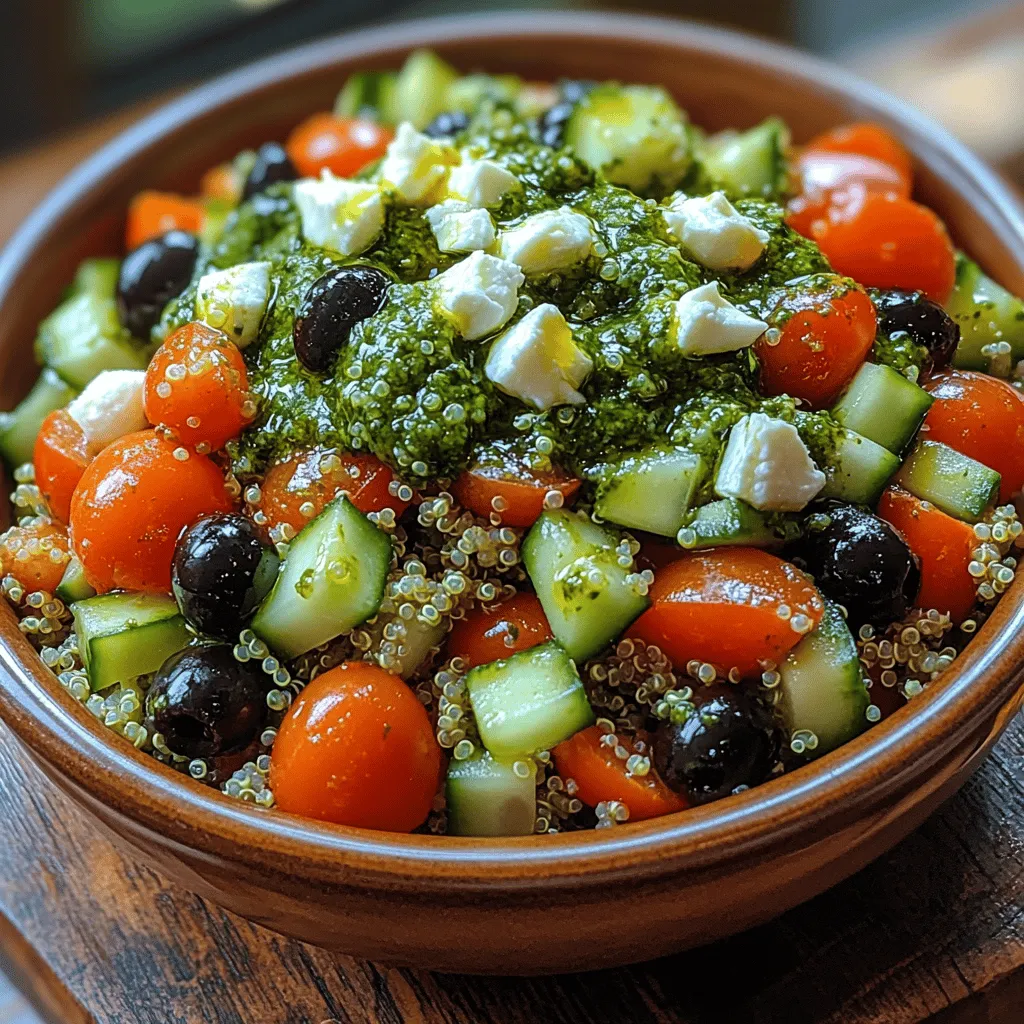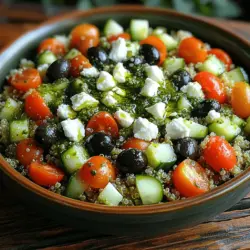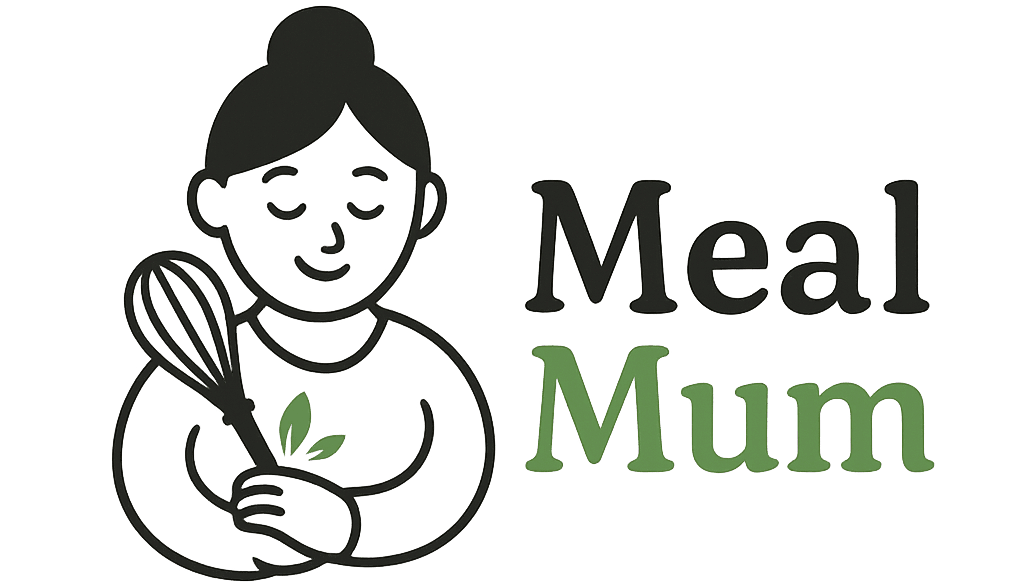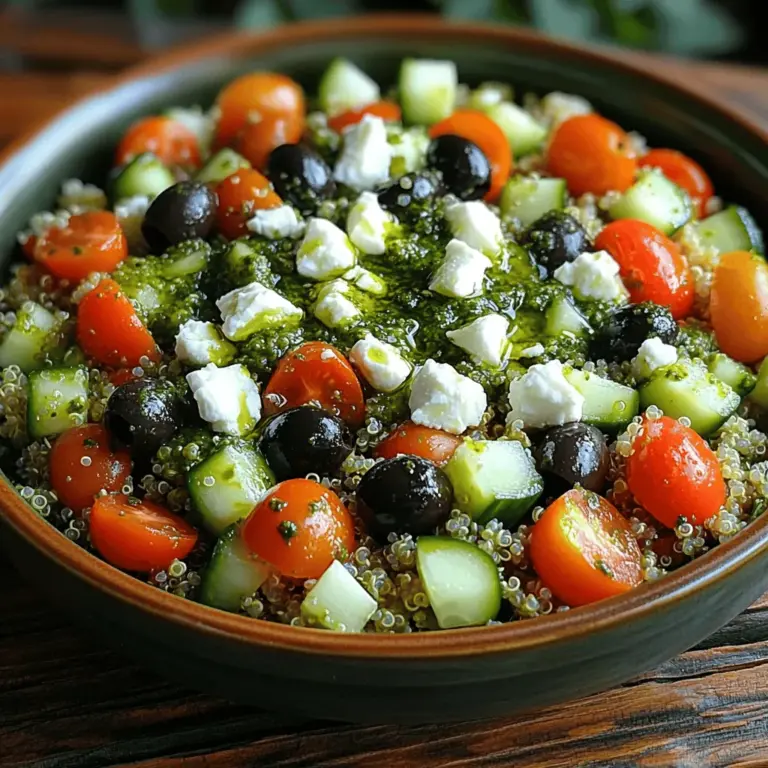Introduction
The chocolate chip cookie, a delightful blend of sweetness and nostalgia, has a rich history that dates back to the 1930s. Ruth Wakefield, the owner of the Toll House Inn in Massachusetts, is credited with inventing this beloved treat when she decided to add chopped chocolate to her butter cookie recipe. The result was an immediate hit, leading to the creation of Nestlé Toll House chocolate chips and the iconic cookie we know and love today. Fast forward to today, this simple yet divine creation has become a staple in American households, cherished for its comforting flavors and the memories it evokes.
Homemade chocolate chip cookies are not just a treat; they are a means of connection, a way to create lasting memories with family and friends. Baking cookies brings people together, whether it’s a quiet afternoon spent in the kitchen or a bustling holiday gathering where everyone pitches in to mix, measure, and bake. As the aroma of fresh cookies fills the air, it conjures feelings of warmth and togetherness, transforming any moment into a special occasion.
In this article, you will learn how to create the perfect homemade chocolate chip cookies from scratch. We will guide you through the essential ingredients that contribute to the ultimate cookie experience, share a step-by-step guide to ensure your cookies come out perfectly every time, and provide tips to personalize your cookies to suit any taste or occasion. Whether you are a seasoned baker or a novice in the kitchen, this recipe will equip you with the knowledge and skills to make chocolate chip cookies that will impress everyone.
The Allure of Chocolate Chip Cookies
There’s a reason chocolate chip cookies hold such a beloved status in the hearts of many: they are the epitome of comfort food. The combination of sweet, gooey chocolate paired with a warm, buttery cookie creates an irresistible treat that appeals to all ages. Chocolate chip cookies are the quintessential dessert, perfect for any occasion—be it a birthday party, a holiday celebration, or a simple weeknight treat to enjoy with a glass of milk.
One of the greatest joys of baking chocolate chip cookies is their versatility. You can make them chewy or crispy, small or large, plain or loaded with add-ins like nuts or oatmeal. Each variation offers a unique twist while staying true to the classic flavor that so many adore. Additionally, chocolate chip cookies are an excellent base for creative experimentation. From adding spices like cinnamon to incorporating different types of chocolate, the possibilities are endless!
The joy of baking at home cannot be overstated. There is something incredibly rewarding about mixing ingredients by hand, watching your cookie dough come together, and, finally, indulging in the fruits of your labor. Whether you are baking with children, hosting a cookie-decorating party, or simply enjoying a quiet moment in the kitchen, chocolate chip cookies offer the perfect opportunity to create lasting memories.
Essential Ingredients for Perfect Chocolate Chip Cookies
Creating the perfect chocolate chip cookie begins with understanding the essential ingredients that contribute to the cookie’s texture, flavor, and overall success. Here’s a breakdown of the key components you will need:
Flour
The foundation of any cookie recipe is flour. Choosing the right type of flour is crucial for achieving the desired texture. All-purpose flour is the most common choice for chocolate chip cookies, providing a balance of structure and tenderness. However, for a chewier cookie, you might consider using a combination of all-purpose flour and bread flour, which has a higher protein content and can create a firmer texture.
Sugars
Sugar plays a vital role in both flavor and texture. Most chocolate chip cookie recipes call for a combination of brown sugar and white sugar. Brown sugar, with its molasses content, adds moisture and a rich, caramel flavor, resulting in a chewy cookie. On the other hand, white sugar contributes to the cookies’ spread and crispness. Striking the right balance between these two types of sugar is key to achieving the ideal cookie consistency.
Butter
Butter is essential for flavor and texture in chocolate chip cookies. Using unsalted butter allows you to control the salt level in your recipe. The temperature of the butter is also important; room temperature butter creams better with sugar, creating a light and airy texture. If you’re short on time and need to melt the butter, you can do so, but be aware that it may alter the final texture, resulting in a denser cookie.
Eggs
Eggs are critical in baking, providing moisture and helping bind the ingredients together. They also contribute to the cookie’s flavor and texture. Typically, a standard chocolate chip cookie recipe calls for one large egg, but you can use an additional egg yolk for extra richness and a chewier texture.
Chocolate
The type of chocolate you choose can significantly impact the taste of your cookies. Semi-sweet chocolate chips are the classic choice, but you can also experiment with milk chocolate, dark chocolate, or even white chocolate. Additionally, using chocolate chunks can create delightful pockets of melted chocolate throughout your cookies, elevating the overall experience.
Optional Add-ins
While classic chocolate chip cookies are delicious on their own, there are endless ways to customize your cookies with optional add-ins. Chopped nuts like walnuts or pecans provide a satisfying crunch, while oats can add a chewy texture. You might also consider adding spices like cinnamon or nutmeg for a warm flavor profile. Don’t hesitate to get creative and make this recipe your own!
Step-by-Step Guide to Making Chocolate Chip Cookies
Now that you’re familiar with the essential ingredients, it’s time to roll up your sleeves and start baking! Follow this step-by-step guide to ensure your chocolate chip cookies turn out perfectly every time.
Preparing Your Kitchen and Gathering Tools
Before you begin, it’s essential to prepare your kitchen for baking. Start by preheating your oven to 350°F (175°C) so that it’s ready when your cookie dough is complete. Gather the necessary tools, including a large mixing bowl, a whisk, a rubber spatula or wooden spoon, baking sheets lined with parchment paper, and measuring cups and spoons. Having everything ready will make the process smoother and more enjoyable.
Mixing the Dry Ingredients
In a medium bowl, whisk together the dry ingredients: flour, baking soda, and salt. The baking soda will act as a leavening agent, helping your cookies rise and achieve that perfect texture. Whisking the dry ingredients together will ensure they are well combined and evenly distributed throughout the dough, preventing any clumps of baking soda or salt from forming.
Creaming Butter and Sugars
In a large mixing bowl, combine the room temperature butter, white sugar, and brown sugar. Using an electric mixer or a wooden spoon, cream the butter and sugars together until the mixture becomes light and fluffy, usually about 2-3 minutes. This step is crucial as it incorporates air into the dough, contributing to the cookie’s rise and texture. The sugars should dissolve into the butter, creating a smooth mixture.
Incorporating Eggs and Vanilla
Next, add in the egg and vanilla extract to the butter-sugar mixture. Beat the mixture until it is well combined, scraping down the sides of the bowl as needed. The addition of vanilla enhances the overall flavor of the cookies, making them even more delicious. Mixing in the egg will also help to create a cohesive dough.
Gradually Adding Dry Ingredients
Once the wet ingredients are well combined, it’s time to incorporate the dry ingredients. Gradually add the flour mixture to the wet ingredients, mixing gently until just combined. Be careful not to overmix, as this can lead to tough cookies. The dough should be soft and slightly sticky, ready for the star ingredient—chocolate chips.
Now that you have the perfect dough ready, you can proceed to the next steps of shaping, baking, and enjoying your irresistible homemade chocolate chip cookies. Stay tuned for the continuation of this recipe article, where we will cover these exciting final steps and share tips for achieving cookie perfection.

Folding in Chocolate Chips: Techniques for Even Distribution
Folding in chocolate chips is a crucial step that can greatly influence the texture and flavor of your cookies. To ensure an even distribution of chocolate throughout your dough, it’s important to use the right technique. Start by adding your chocolate chips to the cookie dough after all the other ingredients have been mixed. Using a spatula or a wooden spoon, gently fold the chocolate chips into the dough. This method helps to minimize the risk of overmixing, which can lead to tough cookies.
When folding, use a gentle motion: scoop from the bottom of the bowl and lift the dough over the chocolate chips. Rotate the bowl as you go to ensure that all areas of the dough are incorporated without breaking apart the chocolate chips. This technique will result in cookies that have a delightful burst of chocolate in every bite.
Baking Techniques for the Perfect Cookie
Achieving the perfect cookie requires not only the right ingredients but also the right baking techniques. Here are some essential tips to ensure your cookies come out perfectly every time.
Choosing the Right Baking Sheet and Parchment Paper
The type of baking sheet you use can significantly affect the outcome of your cookies. Opt for heavy-duty, light-colored baking sheets, as they promote even baking. Dark sheets can cause the bottoms of your cookies to brown too quickly. For best results, line your baking sheet with parchment paper. This prevents sticking, promotes even baking, and makes cleanup a breeze.
How to Scoop Cookie Dough for Uniform Size
Uniformity in cookie size is crucial for even baking. Use a cookie scoop or an ice cream scoop to portion out your dough. This will ensure that each cookie is the same size, leading to a consistent baking time across the batch. If you don’t have a scoop, use two tablespoons to measure out equal amounts of dough.
The Ideal Temperature and Baking Time for Chewy vs. Crispy Cookies
Baking temperature and time can determine whether your cookies turn out chewy or crispy. For chewy cookies, bake at 350°F for about 9-11 minutes, until the edges are set but the centers are still soft. For crispy cookies, increase the baking time slightly to 12-14 minutes. Keep a close eye on them to avoid overbaking, as cookies can quickly transition from perfectly baked to overly crisp.
Importance of Cooling on a Wire Rack for Texture
After baking, transferring your cookies to a wire rack is essential for their texture. Cooling cookies on a wire rack allows air to circulate around them, preventing sogginess and helping them retain their shape. Let them cool for at least 5-10 minutes on the baking sheet before moving them to the rack to finish cooling completely.
Variations on the Classic Chocolate Chip Cookie
While the classic chocolate chip cookie is beloved, there are countless variations to explore that can elevate your baking game.
Exploring Different Types of Chocolate: Dark, Milk, and White Chocolate
Experimenting with different types of chocolate can bring new flavors to your cookies. Dark chocolate adds a rich bitterness that balances well with the sweetness of the cookie, while milk chocolate offers a creamier, sweeter taste. White chocolate, on the other hand, contributes a smooth and sweet flavor that can enhance the overall cookie experience. Mix and match these chocolates or use them in combination for a more complex flavor profile.
Unique Flavor Additions: Sea Salt, Espresso Powder, or Spices
Enhance your cookie dough by incorporating unique flavor additions. A sprinkle of sea salt on top of your cookies before baking can intensify the sweetness and provide a delightful contrast. Adding a teaspoon of espresso powder to your dry ingredients can deepen the chocolate flavor without overpowering it. You might also consider spices like cinnamon or nutmeg to add a warm, comforting note to your cookies.
Gluten-Free and Vegan Adaptations of the Classic Recipe
For those with dietary restrictions, adapting the classic chocolate chip cookie recipe is entirely feasible. Substitute all-purpose flour with a gluten-free blend that measures cup-for-cup. Ensure that you check the ingredients of your chocolate chips, as some brands are not gluten-free. For vegan adaptations, replace butter with coconut oil or a vegan butter substitute, and use flax eggs (1 tablespoon of ground flaxseed mixed with 2.5 tablespoons of water) instead of traditional eggs. These alternatives can help you create delicious treats without compromising flavor.
Seasonal Twists: Incorporating Festive Flavors for Holidays
Bringing seasonal flavors into your cookie recipe can make them especially festive. For instance, add pumpkin spice in the fall, peppermint extract around the holidays, or lemon zest in the spring. These seasonal twists can make your cookies a highlight at any gathering and allow you to celebrate the flavors of each season.
Storing and Freezing Your Chocolate Chip Cookies
Proper storage and freezing techniques are essential to maintaining the freshness of your chocolate chip cookies.
Best Practices for Storing Cookies to Maintain Freshness
To keep your cookies fresh, store them in an airtight container at room temperature. If you prefer softer cookies, place a slice of bread in the container. The moisture from the bread will help keep the cookies from drying out. For crispy cookies, store them without any additional moisture. It’s advisable to separate layers of cookies with parchment paper to prevent them from sticking together.
Tips for Freezing Cookie Dough for Future Baking
Freezing cookie dough is a great way to save time for future baking. After scooping the dough into uniform balls, place them on a baking sheet lined with parchment paper and freeze until solid. Once frozen, transfer the dough balls to a zip-top freezer bag and store them for up to three months. When you’re ready to bake, simply bake them straight from the freezer, adding a minute or two to the baking time.
Reheating Cookies to Restore Their Original Texture
If you have leftover cookies that have lost their freshness, reheating them is a great way to restore their original texture. Preheat your oven to 350°F, place the cookies on a baking sheet, and warm them for about 5-10 minutes. This will help revitalize their chewiness and make them taste freshly baked again.
The Joy of Sharing Homemade Cookies
Baking cookies is not just about the end product; it’s also about the joy of sharing and connecting with others.
Ideas for Gifting Cookies: Packaging and Presentation Tips
Homemade cookies make wonderful gifts. To present them beautifully, consider using decorative tins, clear cellophane bags tied with ribbons, or simple kraft boxes. You can even bake a batch of assorted cookies to provide a variety of flavors. Adding a handwritten note or a recipe card can give a personal touch that recipients will appreciate.
Hosting Cookie Exchanges and Bake Sales
Hosting a cookie exchange is a fun way to connect with friends and family while sharing your favorite recipes. Each participant can bring a batch of cookies to share, allowing everyone to take home a variety of treats. Bake sales are another great opportunity to share your cookies while supporting a good cause. These events often bring together communities and create a sense of camaraderie among bakers.
The Emotional Connection of Sharing Baked Goods
Baking and sharing cookies is not just a culinary activity; it’s an emotional experience. Cookies often evoke memories of family gatherings, childhood treats, and celebrations. Sharing them with others can create bonds and convey love and care. Whether it’s a simple act of kindness or a gesture during difficult times, homemade cookies have a way of bringing people together.
Conclusion
The joy and satisfaction of making chocolate chip cookies at home cannot be overstated. From the warmth of the oven filling your kitchen to the delightful aroma wafting through the air, the entire process is an experience in itself. As you experiment with different variations, flavors, and techniques, you’ll find opportunities to make the recipe your own.
Don’t hesitate to explore the diverse world of chocolate chip cookies, whether by trying new types of chocolate, adding unique ingredients, or adapting to dietary needs. Each batch can tell a story, evoke memories, and bring joy to both the baker and those lucky enough to receive them. In the end, the timeless appeal of chocolate chip cookies remains, and their ability to connect us all is the sweetest ingredient of all. Happy baking!


